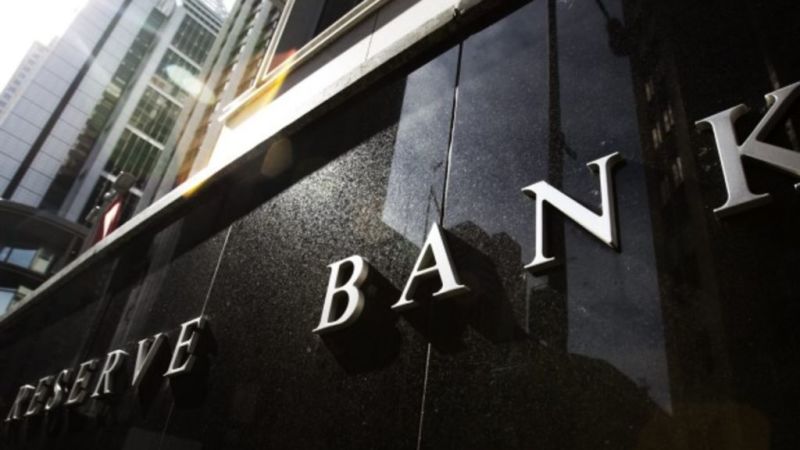The Reserve Bank's latest forecasts show interest rate rises are working, but there’s one key uncertainty

The Reserve Bank of Australia (RBA) expects economic growth to be slower, unemployment to climb higher and inflation to fall faster than it did just three months ago.
That’s according to the bank’s latest quarterly Statement on Monetary Policy, which sets out its assessment of the economy and forecasts what we could expect to see in the months and years ahead.
The RBA still thinks inflation will be above the 2 to 3 per cent target range until mid-2025. But it’s expected to fall faster this year than previously thought, indicating that aggressive rate rises are having the desired effect.
However, there’s a key source of uncertainty in the RBA’s predictions, as rising house prices have the potential to counteract the effect of high interest rates in the bank’s battle against inflation.
What the RBA has forecast for inflation, economic growth, unemployment and interest rates
Inflation, which peaked at 7.8 per cent in the December quarter of last year, is now expected to reach 4.5 per cent by the end of this year, according to the RBA.
High inflation and interest rates will cause the economy to grow a lot slower throughout 2023 and 2024. The RBA now forecasts economic growth to bottom out by the end of the year at a very sluggish 1.2 per cent, earlier and lower than its forecasts released in February.
As a result, the unemployment rate, currently at a 50-year low of 3.5 per cent, is expected to increase to 4 per cent by the end of this year and 4.5 per cent by mid-2025.
Wage growth is still expected to peak later this year, but at a more modest 4 per cent rather than the 4.2 per cent previously forecast.
The RBA’s forecasts, finalised on May 1, before the latest rate rise, are based on an assumption that the cash rate peaks at about 3.75 per cent.
The cash rate target is now higher than that, after the board decided to lift it by 25 basis points to 3.85 per cent at its May meeting, and flagged the potential for more increases to come.
Providing some comfort for home owners will be the fact that the RBA has also factored into its forecasts a decrease in the cash rate to 3 per cent by mid-2025.
If inflation is coming down, why are rates still going up?
Having reviewed the latest forecasts and other economic data earlier this month, the RBA felt that service price inflation was still too high amid a very tight labour market, necessitating the need for another rate rise to bring inflation down faster.
But it also appears the RBA is concerned about the recent increase in property prices, driven by rising demand for housing, a low supply of properties for sale, and the expectation that interest rates won’t rise much more.
“Strong underlying fundamentals for housing, such as population and income growth, have offset the effects of the higher cost of credit on housing prices nationally,” the bank noted in the May Statement on Monetary Policy.
“Housing prices have stabilised recently and could increase faster than previously expected over the forecast period.”
So what’s wrong with rising house prices, apart from the obvious implications for housing affordability?
After all, a boost to property values would be great news for home owners who’ve watched property values fall about 8 per cent nationally while monthly repayments have jumped by thousands of dollars.
With the bank trying to curb consumer spending to ease inflation by making home loans more expensive, rising house prices create a perverse problem: people start to feel richer.
It’s all about the wealth effect
So why is this a problem? Because people feel comfortable spending more money as the value of their homes go up, even if their income and expenses haven’t changed.
It’s known as the wealth effect – rising home values can make people feel secure enough to dig into their savings to spend, especially after a period of holding back.
This is a problem for the RBA, because home owners splashing cash isn’t going to bring inflation down.
In fact, the RBA says house prices rising faster than expected “could lead to a more rapid turnaround in household consumption growth”.
Even if an increasingly large proportion of home owners’ income is spent on mortgage repayments, the RBA thinks that house price growth might prompt them to tap into the $300 billion in savings that households squirrelled away during the pandemic, because their equity is growing again.
“If households are more willing to spend from these liquid savings than from other forms of wealth, spending could be stronger than anticipated for a time,” the bank said.
“Stronger-than-expected growth in domestic demand would see domestic inflationary pressures build further.”
This concern could partly explain the RBA’s surprise move in May to raise rates again after pausing the hikes in April.
What many interpreted as mixed messaging from the RBA may have actually been a reaction to the surprising turnaround in house prices.
Perhaps the bank moved to quickly get ahead of any “revenge spending” which home owners may have had in mind after a year of belt-tightening as it sought to preserve the gains made so far in bringing down inflation.
The question remaining is whether the Reserve Bank feels that a cash rate target of 3.85 per cent – higher than the assumption it bases its modelling on – is restrictive enough to achieve its inflation-busting goals, even as home values start to rise.
For those most at the mercy of the RBA’s “painful squeeze” on household budgets, such as some renters who lack savings buffers or equity to fall back on, let’s hope so.